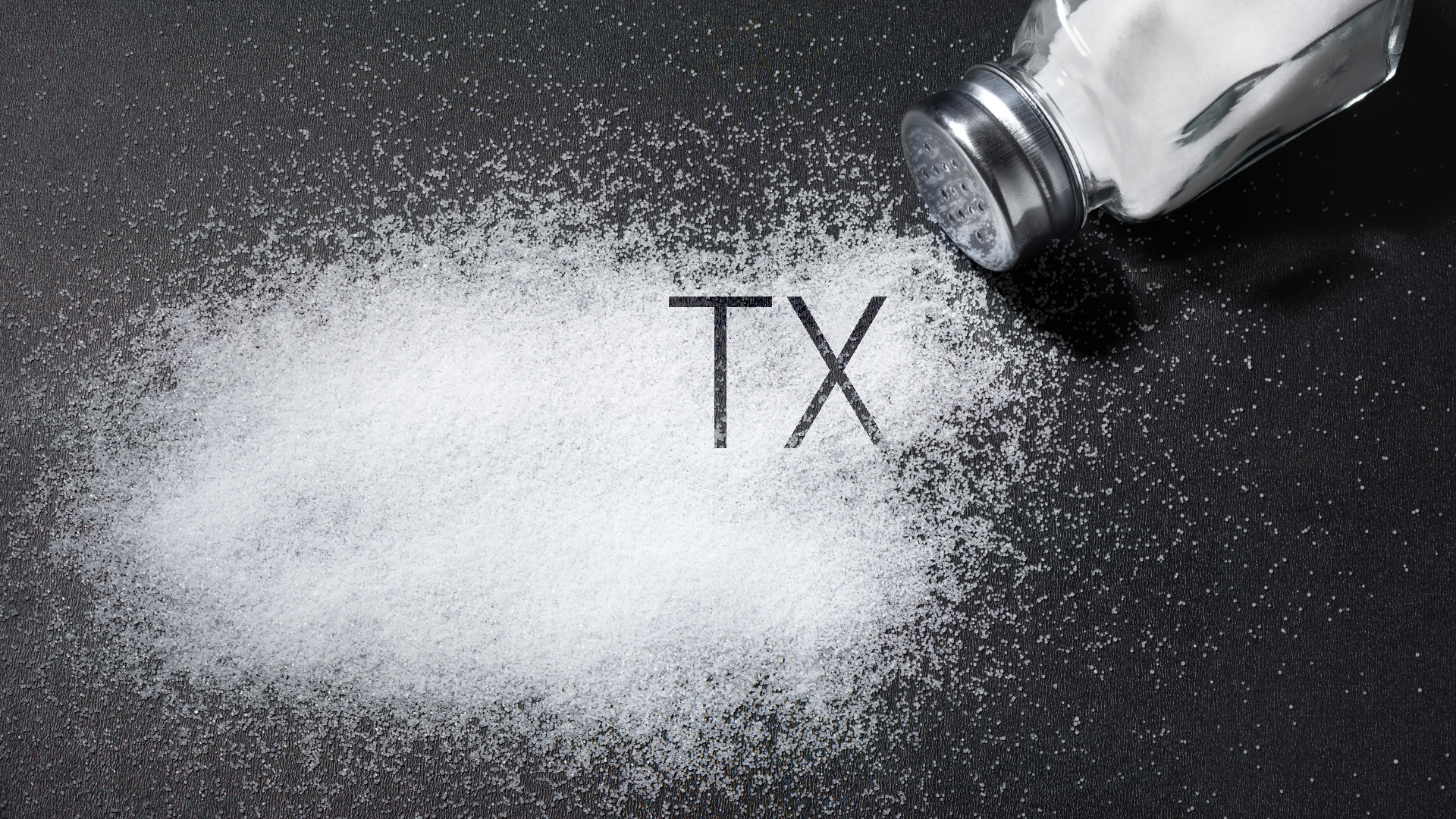Risk Assessment Required
Stemming from COVID-19, the federal government has enacted various pieces of legislation to provide tax relief to businesses and individuals.
Some of the tax relief measures include the ability to carryback net operating losses (NOL) for up to five years, providing businesses with an infusion of cash flow. A significant number of states already prohibit NOL carrybacks and would require legislatures to proactively modify existing statutes. Even if state benefits may be limited, a federal carryback requires State and Local Tax review and assessment.
As part of the 2017 Tax Cuts and Job Act (“TCJA”), Congress drastically reduced the corporate income tax rate. However, in broadening the tax base, businesses lost their flexibility in using NOLs, including the capability to carryback NOLs, as well as placed a limit on the amount of NOL utilization in a given year, referred to as the 80% limitation.
The CARES Act modifies these restrictive NOL provisions, allowing businesses who incur NOLs in tax years 2018, 2019 or 2020, to carryback losses for up to five years. Also, the 80% limitation on the NOL utilization has been lifted through 2020, injecting much-needed stimulus for many businesses. A taxpayer can elect to waive the NOL carrybacks.
State Tax Considerations
As businesses applaud these much-needed provisions, it’s equally important to consider a number of factors with respect to State and Local Tax, and how an NOL carryback may impact a business.
- State Conformity of Carrybacks and the TCJA Federal NOL Limitation: States and Localities vary across the board in how they adopt the Internal Revenue Code (IRC). While some states overtly adopt the federal NOL deduction rules, others do not. It is important to consider if a state is a “rolling conformity” state, where states automatically conform to IRC provisions as enacted, or “fixed conformity”, where states conform to the IRC at a specific point in time.
- State NOL balances may diverge from Federal amounts: Given the disparities of federal and state rules, there is likely to be variation in federal/state NOL balances. These disparities may include tax base differences (i.e. modifications), NOLs computed on a pre or post apportionment methodology, the division of business and nonbusiness income, and combined/separate reporting rules.
- Additional State Taxes from International Provisions: As per our article, NOL Carryback Planning for Taxpayers with International Activities, “Claiming an NOL in a GILTI year may eliminate the Section 250 deduction, as GILTI income is offset first by the NOL.” With states that tax GILTI, and then offset some of the tax with a Section 250 deduction; the use of a federal NOL carryback may result in additional state taxes, where a state may not permit the NOL carryback while reducing the available Section 250 deduction.
- Added State Filing Requirements: The filing of amended federal tax returns or other forms used in applying a federal carryback may result in state filing requirements, even if no state tax benefit ensues. Many states have reporting requirements when there’s a federal reporting change, regardless if there is a respective state tax change. Noncompliance of these state reporting changes can have various implications, including possible penalties and/or interest.
- Statute of Limitations: A federal carryback may open up the statute of limitations in a respective state. With conforming state NOL carrybacks, or simply complying with state reporting rules as a result of a carryback of a federal NOL, such carryback may extend or reopen a state’s statute of limitations, and result in the risk of an assessment. As such, it is vital to review a state’s overall risk of assessment in connection with the carryback of a federal NOL.
Takeaway
The CARES Act provides much-needed liquidity to businesses as they encounter with the fallout of COVID-19. Many states have their own NOL provisions that diverge from federal statute. Withum’s State and Local Tax Group can help businesses evaluate the potential state tax opportunities and risks in determining whether an NOL carryback is the right decision for a business.
Author: Jason Rosenberg, CPA, CGMA, EA, MST | [email protected]
SALT Updates



